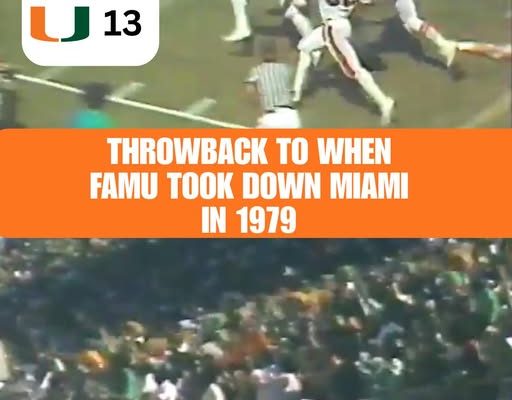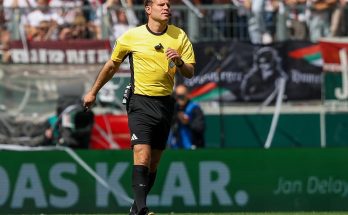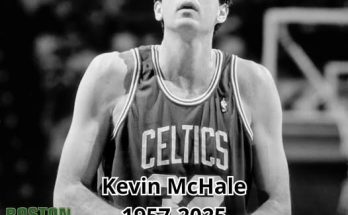On October 6, 1979, in what has become one of the most iconic victories in Black college football history, the Florida A&M Rattlers accomplished the unthinkable. Coming off a landmark season in which they won the inaugural NCAA Division I-AA (now FCS) National Championship, the Rattlers proved their mettle yet again by toppling the mighty Miami Hurricanes of the Football Bowl Subdivision (then known as Division I-A). In front of a raucous crowd in Tallahassee, Florida, Florida A&M stunned the college football world with a 16-13 victory, delivering a statement that transcended the box score, shaking assumptions about talent, resources, and the very divisions that separated programs across college football.
Florida A&M was riding high entering the 1979 season. Under the leadership of legendary head coach Rudy Hubbard, who had orchestrated the previous year’s title-winning campaign, the Rattlers were not just a good team by historically Black college and university (HBCU) standards—they were a national powerhouse at the I-AA level. The 1978 season had seen them bulldoze through competition before capping it off with a 35-28 victory over UMass in the national title game, earning them the distinction of being the first-ever national champions in the newly-formed Division I-AA. Their program was disciplined, loaded with speed and physicality, and featured talent that had been overlooked by the major schools due to long-standing issues of race and systemic exclusion in college athletics.
Meanwhile, Miami represented everything that was traditionally associated with Division I-A power. Though they were not yet the juggernaut that would dominate the 1980s under Howard Schnellenberger and Jimmy Johnson, the Hurricanes still fielded a deep and talented squad. As members of the top tier of college football, they enjoyed better funding, larger facilities, more scholarships, and greater national visibility. For many pundits and observers, the game against FAMU was expected to be a routine tune-up, an easy win against an opponent from a lower division.
But Florida A&M didn’t see it that way. For the Rattlers, this was not just a game—it was an opportunity. The matchup against Miami represented a chance to make a resounding declaration about their legitimacy, their readiness to compete at the highest levels, and their refusal to be pigeonholed by the artificial ceilings imposed by athletic hierarchy. For many players on the roster, it was also personal. They had grown up watching bigger programs pass them over, only to find a home at FAMU and develop into elite athletes under the watchful eye of Coach Hubbard.
As game day approached, the buzz surrounding the contest grew louder. Tallahassee was alive with anticipation. Bragg Memorial Stadium, the home of the Rattlers, became the epicenter of what would become a defining moment for HBCU football. Despite the divide in divisions and expectations, fans poured in to witness a clash of styles, identities, and trajectories.
The game itself was a hard-fought, emotional, and physical battle. From the opening kickoff, it was clear that FAMU was not intimidated by the Hurricanes. The Rattlers’ defense, long the hallmark of Hubbard’s regime, was sharp, fast, and punishing. Miami struggled to find rhythm against the relentless pursuit and sound tackling of the Rattlers. Linebackers clogged running lanes, defensive backs blanketed receivers, and the line surged with tenacity on every snap. The Hurricanes quickly learned that this was not going to be a walk in the park.
Offensively, FAMU employed a disciplined, run-heavy attack that kept the Miami defense honest and the clock moving. Their play-calling mixed misdirection and power, with the offensive line paving the way for timely gains. More importantly, they controlled field position and refused to be rattled. The Rattlers did not simply rely on emotion or trickery—they executed a strategic, determined game plan, reflecting the poise and preparedness instilled by their coaching staff.
The turning point in the game came late in the second half. With the score tied 13-13, both teams had missed opportunities to pull away. Then, FAMU’s special teams—an often overlooked but crucial phase of the game—delivered when it mattered most. A long field goal attempt was calmly converted by the Rattlers’ kicker, putting Florida A&M ahead 16-13 with just minutes remaining on the clock. The stadium erupted as fans sensed the magnitude of what was unfolding.
Miami had one last chance to respond. The Hurricanes, perhaps stunned by the resilience and execution of their opponent, mounted a final drive. But FAMU’s defense held firm. With every snap, the Rattlers closed in tighter, swarming the Hurricanes and refusing to yield the critical yards. As the final seconds ticked off the clock, a final defensive stand sealed the outcome. The Rattlers had done it. Florida A&M had beaten Miami.
The final score—16-13—did not just represent an upset; it symbolized a seismic shift in perception. FAMU, a program often dismissed by virtue of its classification and identity as an HBCU, had beaten a major program from the top division of college football. And they had done it not through luck or flukes, but by outplaying their opponent across four quarters. The game reverberated across the college football landscape. It was reported in national newspapers, discussed in coaching circles, and celebrated in Tallahassee with unbridled pride.
For Coach Rudy Hubbard, the victory was a validation of his program-building efforts. Hired in 1974 as one of the youngest head coaches in the country, Hubbard had turned FAMU into a national contender in just a few years. A former assistant under Woody Hayes at Ohio State, Hubbard brought a level of professionalism and strategic acumen that transformed the Rattlers. He emphasized discipline, academic commitment, and football fundamentals. Under his leadership, FAMU was not just winning games—they were developing men and competing with integrity.
The 1979 victory over Miami further cemented Hubbard’s legacy and gave his players a memory that would last a lifetime. Many of those players would go on to professional football careers in the NFL and CFL. Others would carry their success into coaching, business, and community leadership. But all of them carried the experience of that October afternoon as a badge of honor—proof that belief, preparation, and unity could overcome structural disadvantages.
In the broader history of HBCU athletics, the win stands among the most important milestones. Alongside other iconic moments—Grambling’s victories under Eddie Robinson, Morgan State’s win over Maryland in 1974, Southern’s success in the Bayou Classic—FAMU’s triumph over Miami served as a reminder of the untapped potential that existed within Black college football. It challenged assumptions and forced the football establishment to reckon with the quality of play and coaching happening outside the spotlight.



